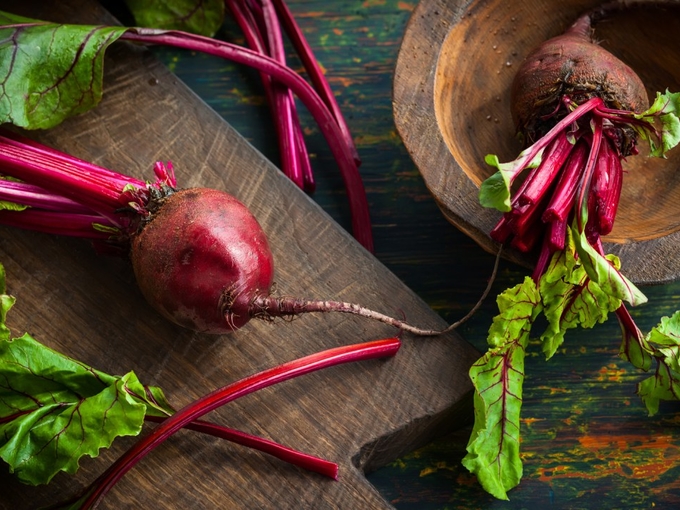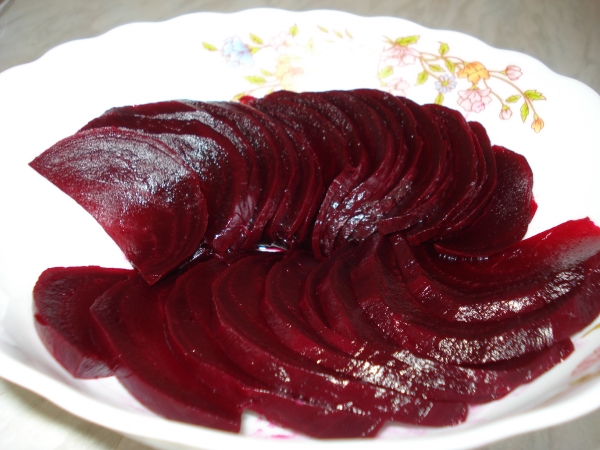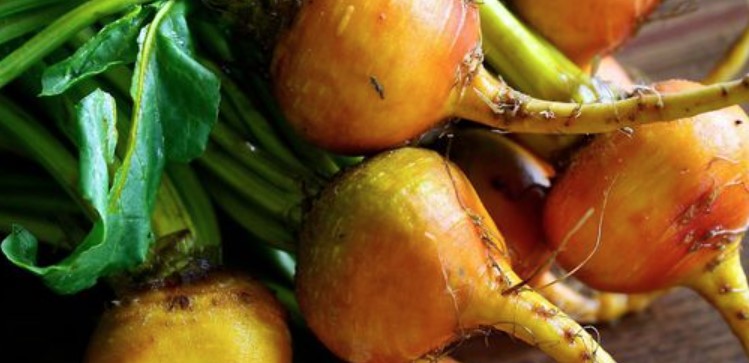Which sugar is hidden behind beet sugar, cane sugar and raw cane sugar? We explain the differences between the types of sugar and give tips on what to look out for when buying.
Cane sugar, raw cane sugar and whole cane sugar

Cane sugar is obtained from sugar cane. Sugar cane is grown in tropical countries like Brazil, South Africa, Australia or Cuba. Three different types of sugar can be made from cane sugar. They differed in the degree to which they were refined.
Whole cane sugar: The first and healthiest level of cane sugar is whole cane sugar. The sugar cane juice obtained is only thickened, dried and then ground. This preserves the molasses with its valuable minerals and vitamins. It is also responsible for the caramel flavor and the brown color of whole cane sugar.
Raw cane sugar: This is the variant for which the sugar crystals are only refined once. As a result, a small part of the molasses is retained and is responsible for the slightly brownish colour.
Cane sugar: The white cane sugar has been subjected to the refining process until it no longer contains any molasses. It not only lacks the brownish colour, but also the healthy minerals and vitamins.
Beet sugar
Beet sugar: Beet sugar is almost identical to raw sugar. Both consist of sucrose and have the same chemical composition. Beet sugar is obtained from sugar beet – a regional product. Sugar beets are grown in Central Europe. You will not find raw beet sugar, which would contain a small amount of healthy minerals from the sugar beet juice, on the market because it has an unpleasant taste.
Cane sugar and beet sugar are refined
The processing of sugar cane and sugar beet is similar. First, beets or sugar cane are crushed and juiced at at least 70°C. This raw juice is then treated with lime, carbonic acid and filters to remove unwanted substances such as proteins or minerals.
By further, slow heating, the raw juice is thickened until sugar crystals form. This is the so-called raw sugar with the characteristic yellow-brown color. In order to turn it into beautiful, white granulated sugar, the sugar crystals are dissolved and crystallized again and again. This process takes up to eight hours and is called refining, which is why white sugar is also called refined sugar. It doesn’t matter which plant the sugar comes from. Cane sugar can also be refined and thereby form white crystals.
What to look out for when shopping for sugar

When shopping, you should first be aware that too much sugar is not healthy. It doesn’t matter whether it’s beet sugar, cane sugar or other types of sugar: 100 grams of sugar contain around 400 calories and no vitamins whatsoever. It is responsible for many diseases of affluence.
It is true that “unrefined sugar” contains more minerals. However, their total content is less than one percent. In order for you to have any health benefit from eating unrefined sugar, you would need to eat a few pounds of it. That would be anything but healthy. Because there is no refining, it can be considered more sustainable – and is therefore the better one.
Also, don’t fall for the misconception that brown sugar is healthier than white sugar. Oftentimes, brown sugar is just conventional white beet or cane sugar that has been colored brown.
Disadvantages of cane sugar are the long transport routes and land reclamation for the sugar cane cultivation areas. Beet sugar comes from sugar beets from the local region, but – like cane sugar – requires a lot of energy to process.





